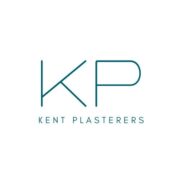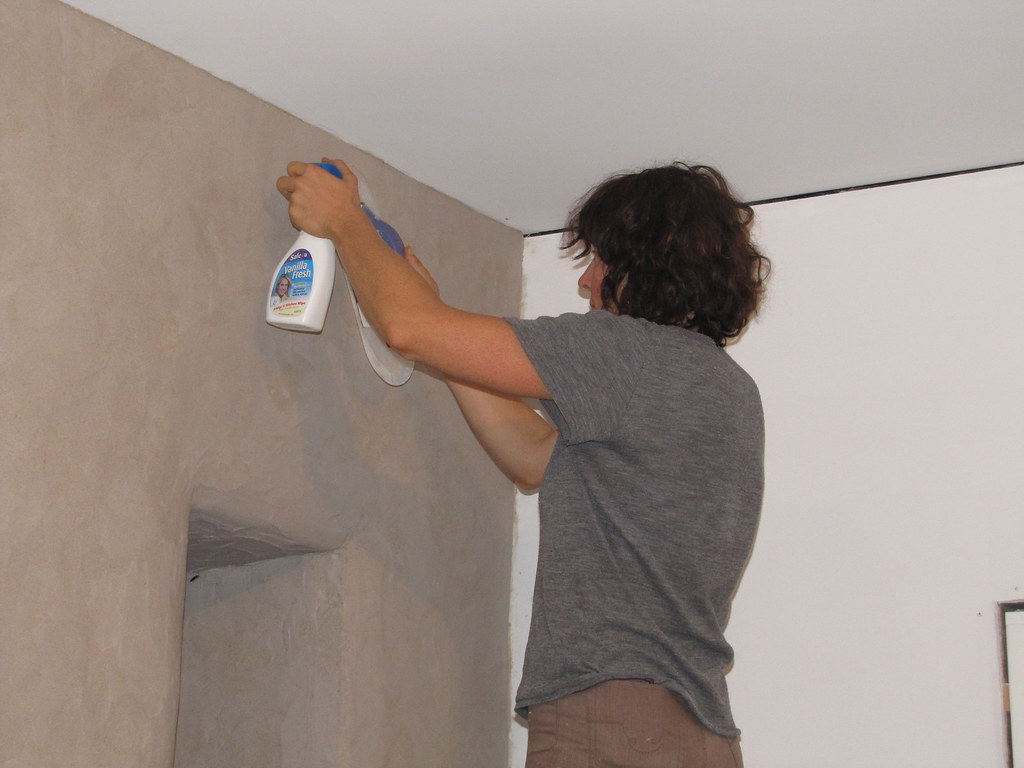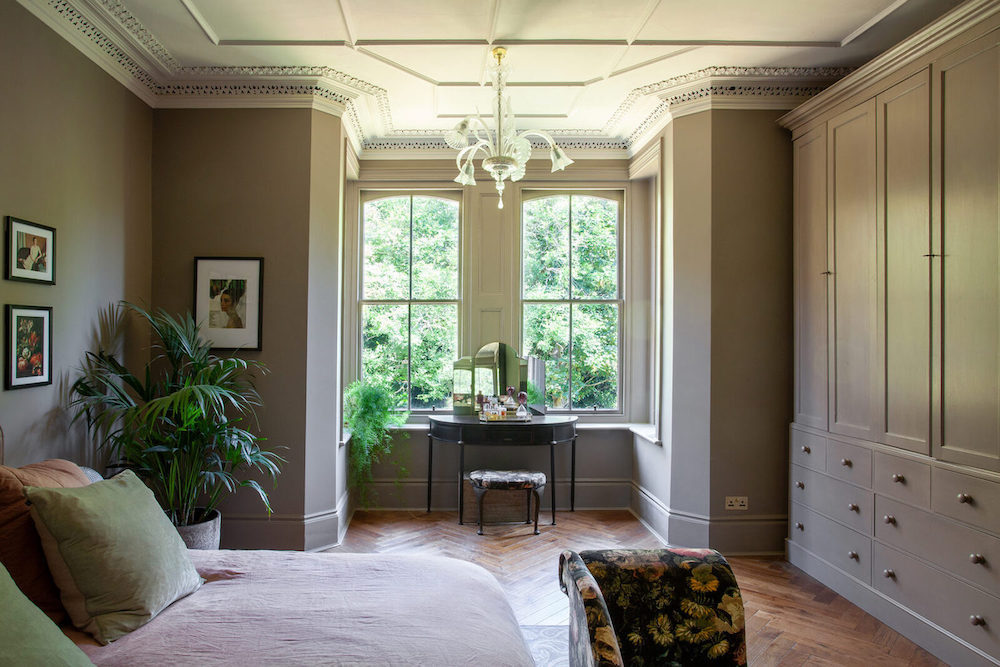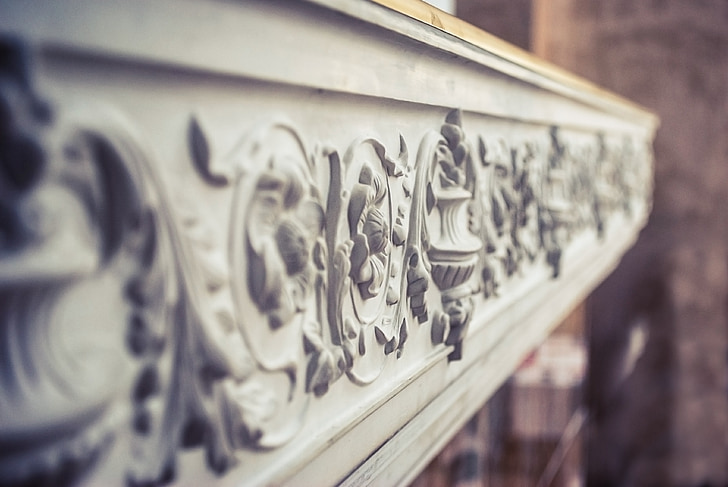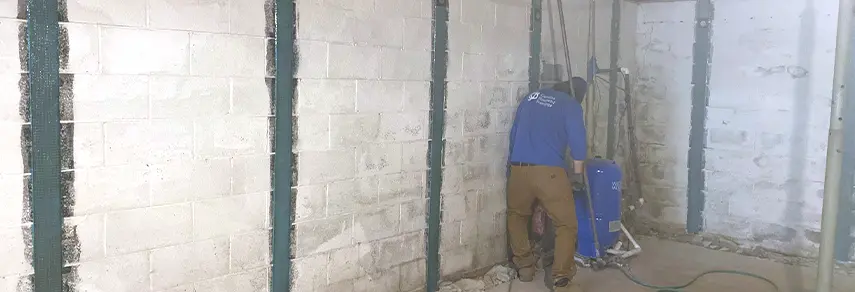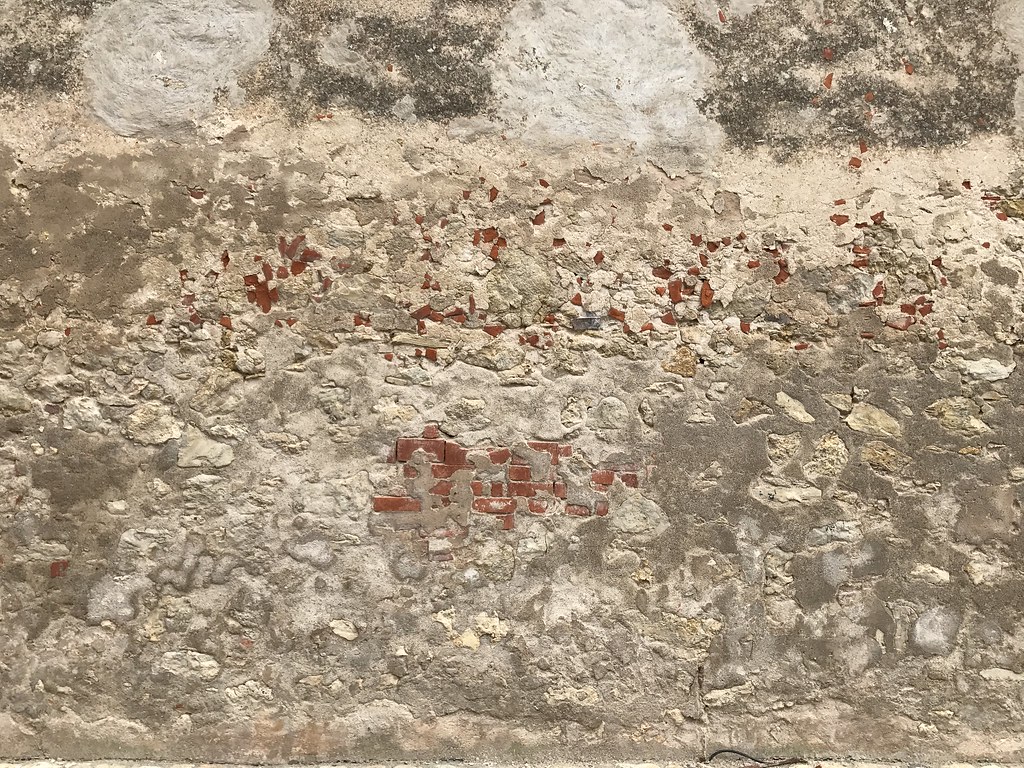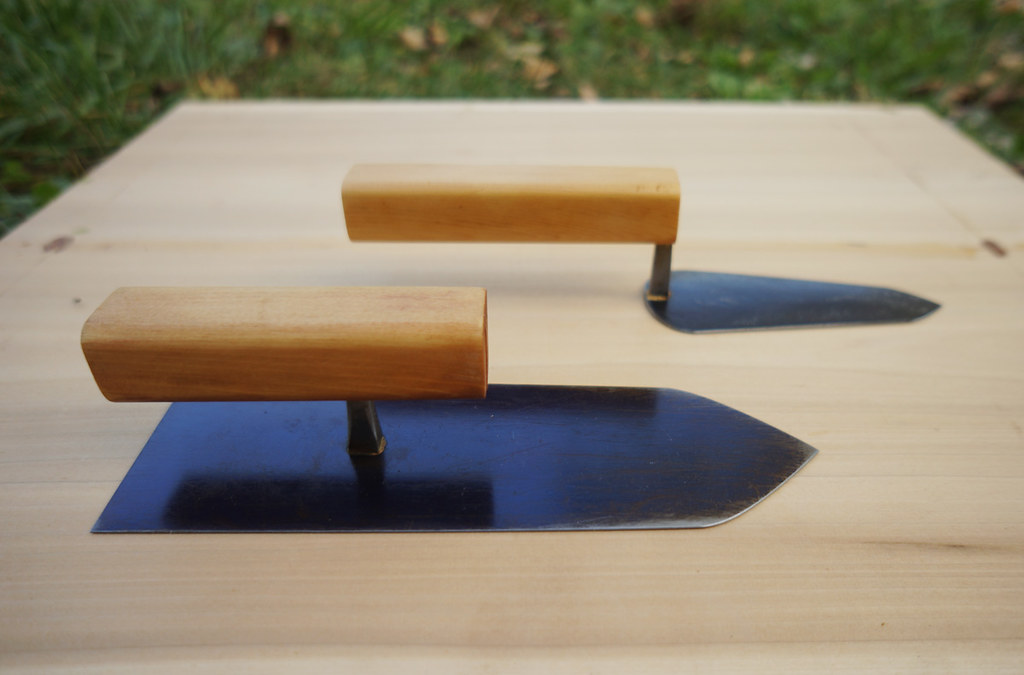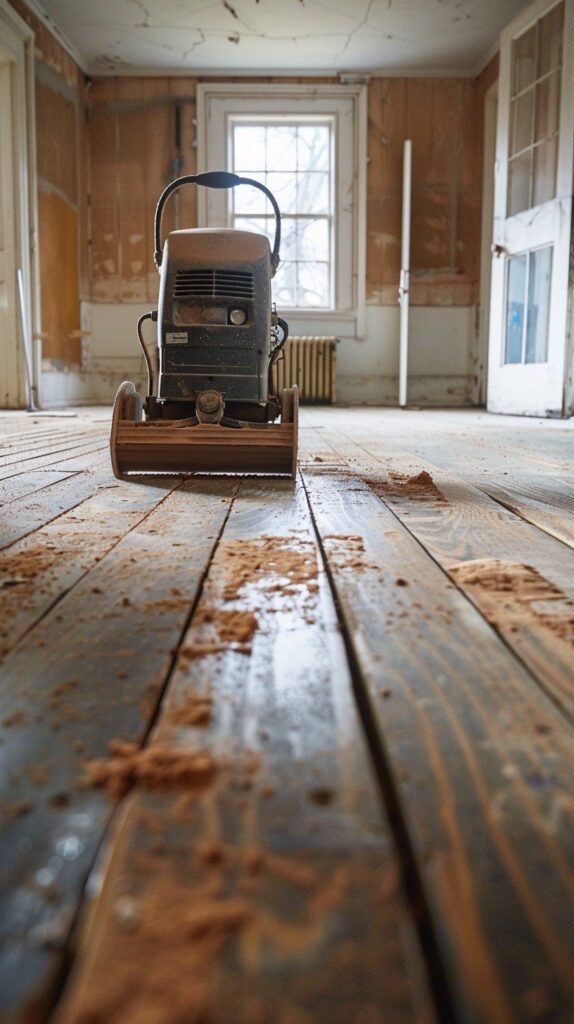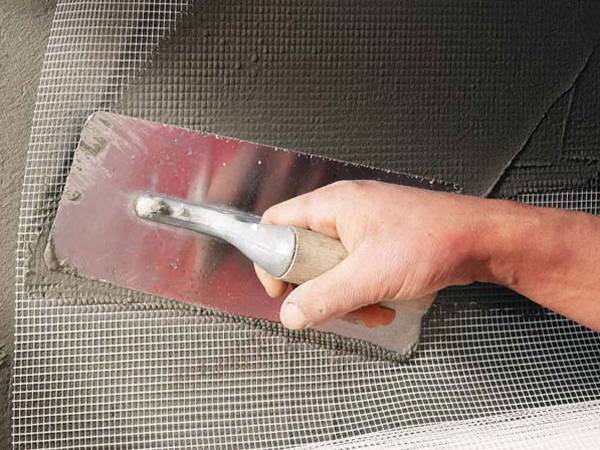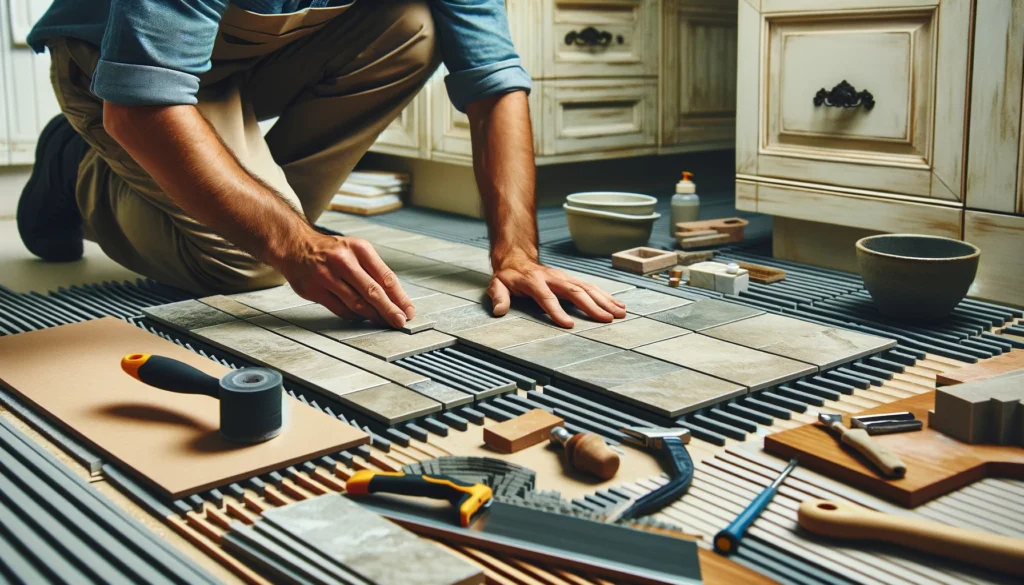Can You Use Lime Plaster Over Modern Plasterboard? A Complete Guide for Renovators
Considering lime plasterer techniques for your renovation? Discover the essential facts about combining traditional lime with modern materials – your walls will thank you. Understanding Lime Plaster and Plasterboard Before delving into the compatibility of lime plaster with modern plasterboard, it’s essential to understand these distinct materials. According to recent industry reports, there’s been a 47% increase in lime plaster usage for renovation projects since 2022, highlighting its growing popularity in contemporary construction. Properties of Lime Plaster Natural composition: Made from limestone, water, and sand Breathability: Allows moisture movement through walls Flexibility: Accommodates building movement without cracking Carbon-negative properties: Absorbs CO2 during curing Self-healing capabilities: Minor cracks can repair themselves Characteristics of Modern Plasterboard Uniform thickness and smooth surface Quick installation process Excellent fire resistance ratings Good sound insulation properties Cost-effective building solution Historical Context and Modern Applications Lime plaster has been used for millennia, with examples dating back to ancient Egyptian times. Today, it’s experiencing a revival, with 32% of heritage renovation projects choosing lime plaster over modern alternatives. This renaissance is driven by both environmental concerns and the material’s superior performance in historic buildings. The Compatibility Question The good news is that lime plaster can indeed be applied over modern plasterboard, but success depends on proper preparation and application techniques. Recent studies show that when correctly applied, lime plaster on plasterboard can last up to 50 years with minimal maintenance. Technical Considerations Plasterboard must be firmly fixed with no movement Joints need proper taping and treatment Surface requires specific priming Temperature and humidity control is crucial Multiple thin coats work better than one thick application Moisture Management One of the primary concerns when using lime plaster over plasterboard is moisture control. The key is maintaining a balance between the plaster’s natural breathability and the plasterboard’s moisture resistance. Modern lime plasterers recommend maintaining room humidity between 45-60% during application and curing. Adhesion Factors Successful adhesion relies on proper surface preparation and the use of appropriate bonding agents. Recent developments in lime plaster technology have produced specially formulated products that offer enhanced adhesion properties specifically for modern substrates. Preparation Requirements Proper preparation is crucial for successful application. Statistics show that 78% of lime plaster failures are directly attributed to inadequate surface preparation. Surface Preparation Clean surface thoroughly to remove dust and debris Check for and repair any damaged areas Ensure plasterboard is completely dry Apply appropriate bonding agent Test adhesion on a small area first Priming Requirements Using the right primer is essential for creating a strong bond between lime plaster and plasterboard. Modern primers specifically designed for lime applications can increase adhesion strength by up to 40%. Environmental Conditions Temperature and humidity control are crucial during application and curing. The ideal conditions include room temperatures between 10-20°C and relative humidity between 45-60%. Application Process The application process requires careful attention to detail and proper timing. Professional lime plasterers typically complete the process in 3-5 days, allowing appropriate drying time between coats. Base Coat Application Apply first coat at 2-3mm thickness Use proper lime plastering tools Allow 24-48 hours drying time Check for any shrinkage cracks Dampen surface before next coat Finishing Techniques The finishing coat requires particular attention to achieve the desired aesthetic. Recent trends show a 60% preference for smooth, polished finishes over textured surfaces in modern renovations. Common Mistakes to Avoid Applying coats too thickly Rushing between coats Incorrect mixing ratios Poor environmental control Inadequate surface preparation Benefits and Limitations Understanding both advantages and potential challenges helps make informed decisions. Market research indicates a 92% satisfaction rate among homeowners who chose lime plaster over conventional options. Advantages of Using Lime Plaster on Plasterboard Enhanced air quality Natural mould resistance Improved thermal regulation Eco-friendly solution Distinctive aesthetic appeal Potential Drawbacks and Solutions While challenges exist, most can be overcome with proper planning and execution. The initial cost is typically 30-40% higher than conventional plastering, but long-term benefits often justify the investment. Maintenance and Longevity Proper maintenance can significantly extend the life of lime plaster applications. Studies show that well-maintained lime plaster can last over 100 years, compared to 25-30 years for conventional plaster. Care Instructions Regular visual inspections Gentle cleaning methods Prompt repair of any damage Proper ventilation maintenance Appropriate decoration choices Long-term Considerations Consider the long-term value proposition when choosing lime plaster. While initial costs are higher, the extended lifespan and reduced maintenance requirements often result in 25% lower lifetime costs. Professional Tips and Recommendations Expert lime plasterers recommend seeking professional assistance for larger projects. DIY attempts account for 65% of failed applications, highlighting the importance of proper expertise. When to Call a Professional Large surface areas (over 20m²) Historic property renovations Complex architectural features Structural concerns present Limited DIY experience Cost Considerations Current market rates for professional lime plastering range from £45-£65 per square metre, depending on location and complexity. Factor in additional costs for preparation and materials. Conclusion: Making the Right Choice for Your Project Using lime plaster over modern plasterboard is not only possible but can be highly successful when properly executed. The key lies in thorough preparation, appropriate materials selection, and either professional application or careful attention to detail in DIY projects. With the right approach, you can achieve a beautiful, durable, and environmentally friendly finish that combines the best of traditional and modern materials. FAQ Why is lime plaster so expensive? Firstly, the cost of materials is higher; secondly, using lime is far more complex and timly. Several coats may be needed, much of the shaping is done by hand rather than relying on the straight edge of a bead, and lime needs to be looked after between coats meaning more labour time. What is the lifespan of lime plaster? When properly applied and cared for, lime plaster can endure for several decades, showcasing its resilience in both historical and modern construction. The unique properties of lime, such as its ability to flex and breathe with the building substrate, contribute to its extended lifespan. Does lime plaster contain asbestos? You won’t
Can You Use Lime Plaster Over Modern Plasterboard? A Complete Guide for Renovators Read More »
